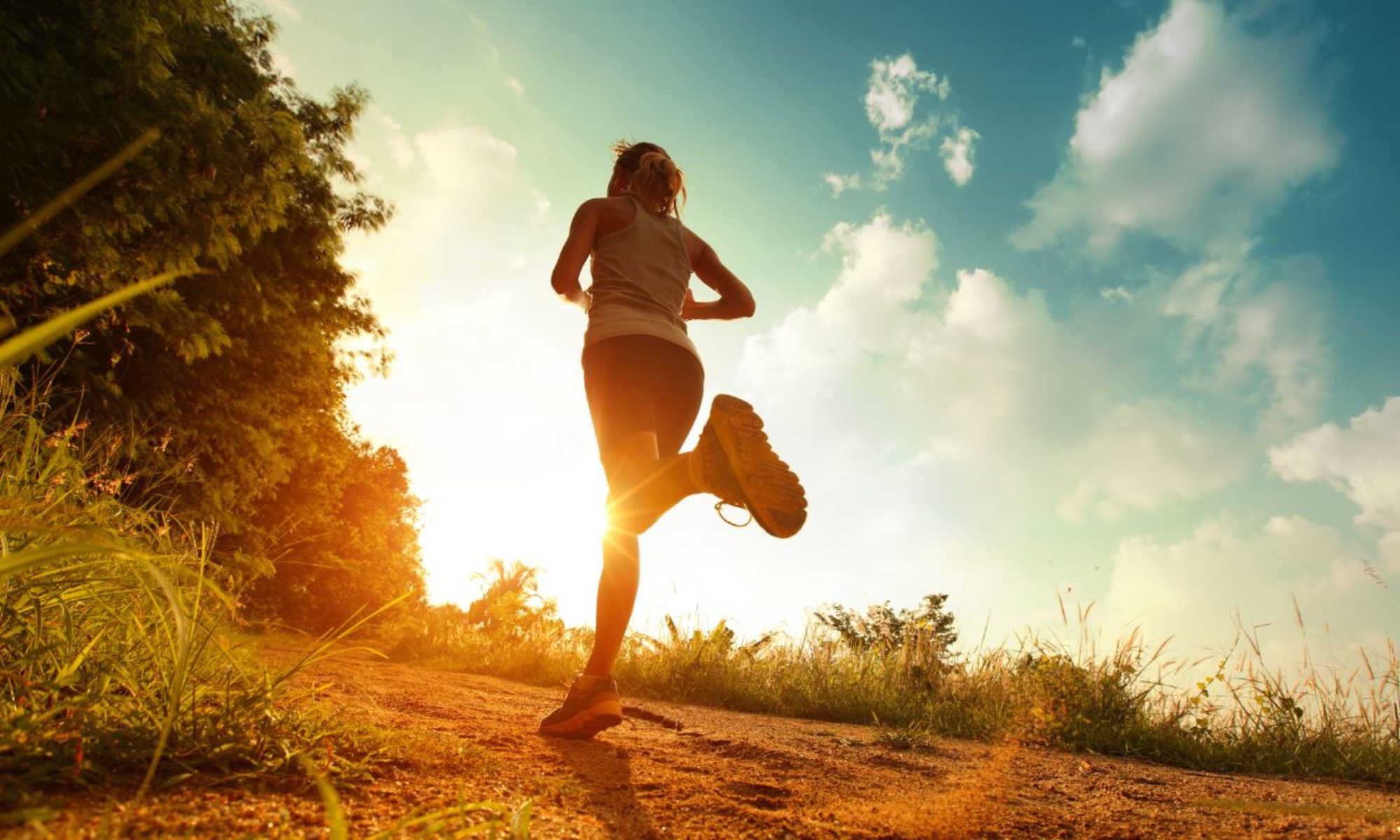Do you really want an effective weight loss program? Worry no more. There are numerous weight loss systems that are made to help you eliminate unwanted and also excessive weight. It’s true that it is far easier to get weight rather than lose it. There is no doubt about this fact. It’s fun to eat and take pleasure in life’s simple luxury: good food and sumptuous beverage. Then, after eating and enjoying a lot, wouldn’t it be just irresistible to take a nap or sleep? If you would get physically moving like walking or running instead, you could properly help avoid accumulation of stored body fat, that’s accountable for excessive weight accumulation.
The result of an idle or sedentary lifestyle: obesity or drastic weight gain. Sadly, in case you have obtained plenty of weight, losing those pounds will be really harder. Take notice that starving yourself would not be enough. Sometimes, depriving yourself of food for a period would make the weight loss situation a whole lot worse. There are 2 possibilities that might happen if you do that: one, you would tend to eat far more when you give in to take food; and 2, you could collapse or get sick.
It is not highly recommended that you take those crash diets. What could be good for you is to get yourself exercising to some very effective weightloss program. Nothing might be a lot better than that. If you are embarking on what you believe is an effective weightloss program, you should always bear in mind you must observe self-discipline. The weight loss program wouldn’t be effective if you would not have the determination to avoid fatty foods and also stationary lifestyle practices.
Additionally, there are a long list of do’s and don’ts. Of course, you’d be advised to regularly exercise. For the don’ts, you would be asked to never indulge in food that would be accumulated within the body as extra stored fat. You can ask a weight loss specialist in regards to the perfect and effective weight loss program for you. Be aware that the scheme must be complete. It needs to include dietary recommendations, fitness regimes, advises on doing of activities, habit recommendations, and sometimes, recommended supplements that are often in the form of appetite suppressors.
Programs don’t always demand going to the gym. Undertaking regular exercises will be good. Running, walking, or just moving around is a perfect form of physical activity that you should do regularly or at least for a few moments everyday. Running and walking are good as they are good aerobic and cardiovascular exercises. These activities also do not incur charges. You could always run or walk for how long you like, at any time of the day.
If you are setting yourself up for what you think is an effective weight loss program, you should initially speak with your doctor or dietician. There may be activities, supplements or diet recommendations within the effective weight loss program that is not suited to your body functions. Remember, a weight loss program would only be effective in case your overall health would not be compromised. Lastly, go on running or walking daily. Such simple activities could be least costly but the long-term health advantages would truly be significant.
